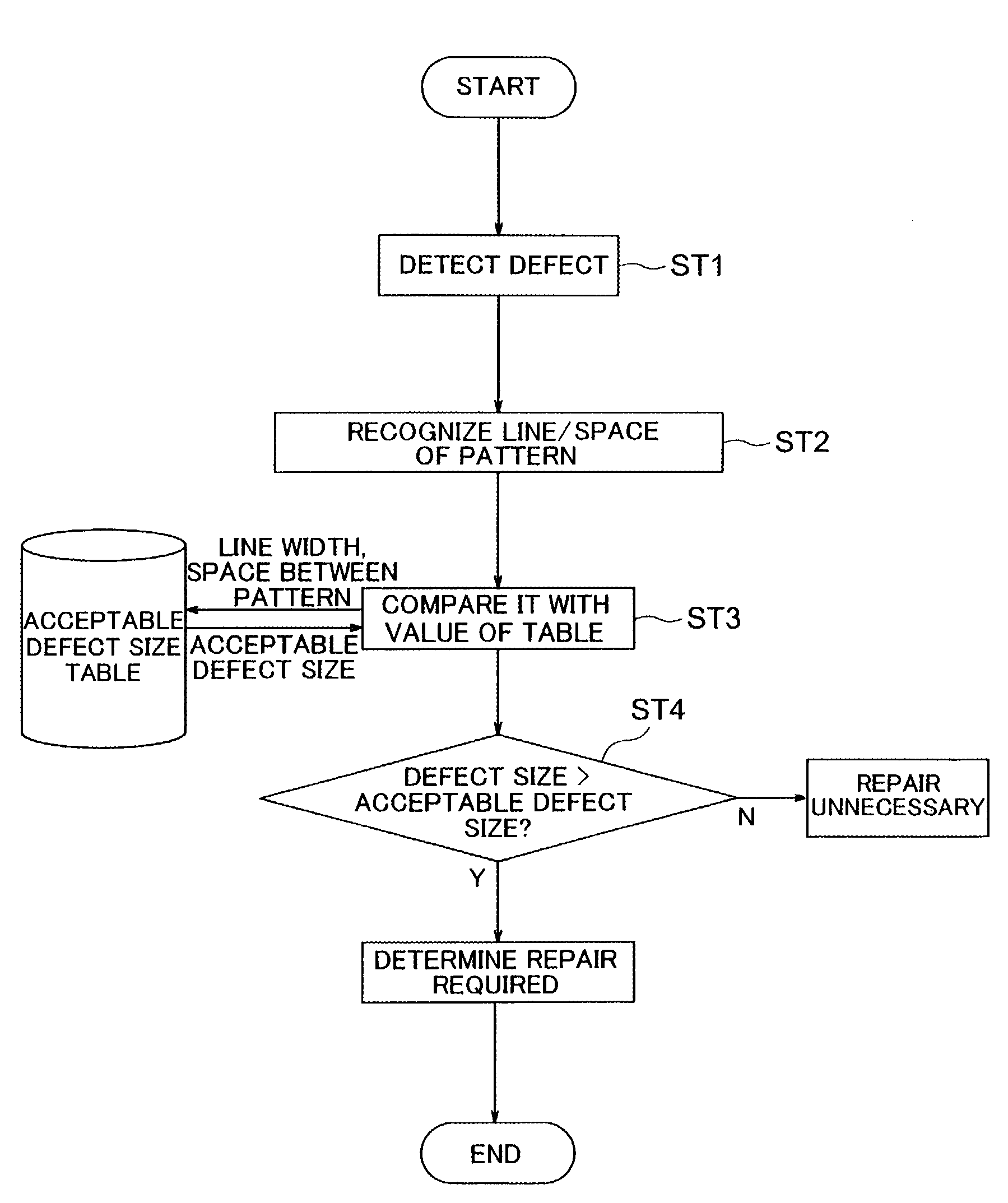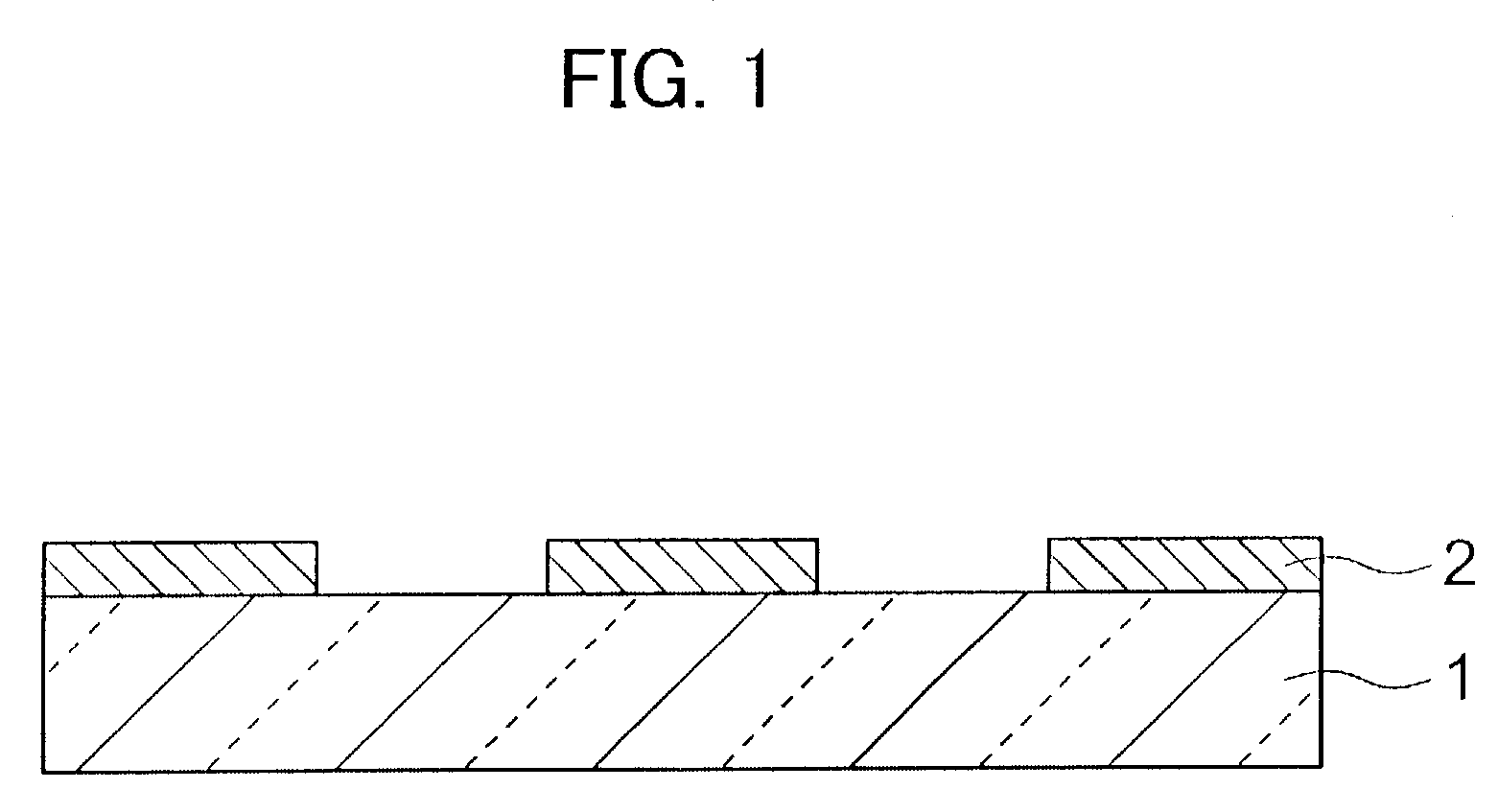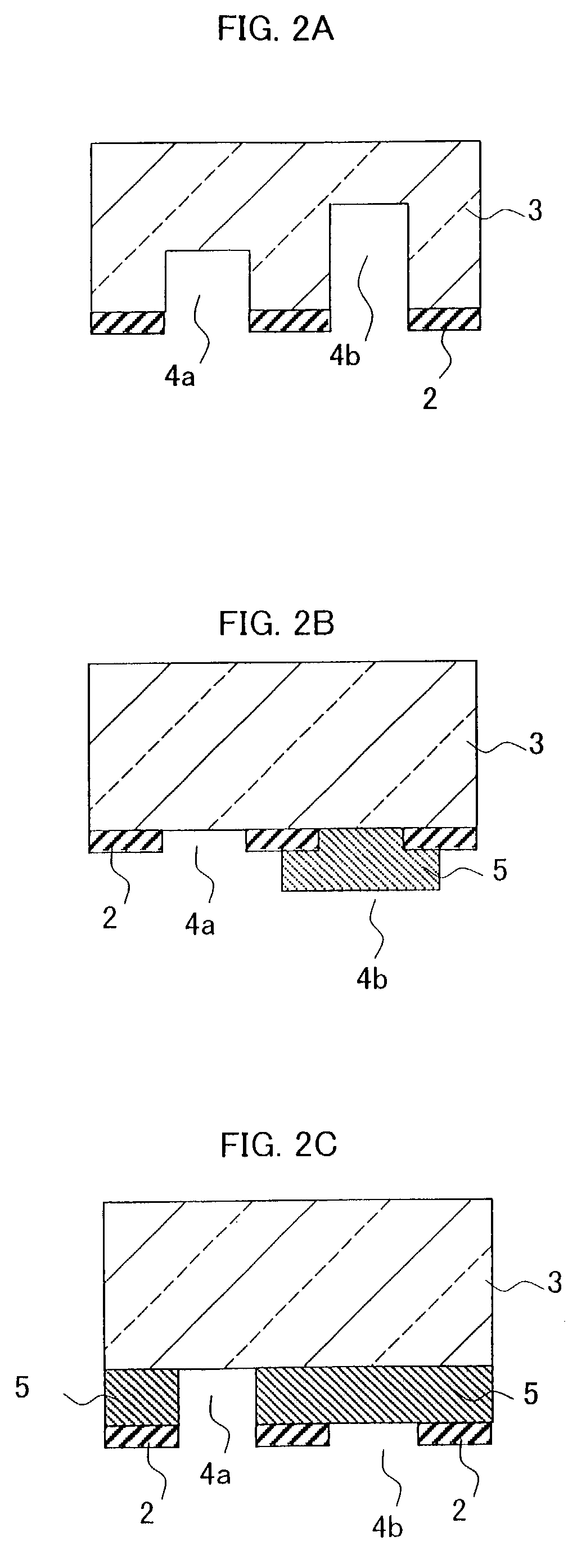Mask inspection method, mask defect inspection system, and method of production of mask
a mask and defect technology, applied in the field of mask inspection methods, mask defect inspection systems, and mask production methods, can solve the problems of reducing the amount of light passing through the mask, unable to obtain sufficient contrast, and affecting the production efficiency of masks, so as to improve the efficiency of mask production, reduce the number of repaired defects, and improve the effect of mask production
- Summary
- Abstract
- Description
- Claims
- Application Information
AI Technical Summary
Benefits of technology
Problems solved by technology
Method used
Image
Examples
Embodiment Construction
[0036]Below, preferred embodiments of the mask inspection method, mask defect inspection system, and mask production method of the present invention will be described with reference to the accompanying drawings. The present invention can be applied to inspection of a mask used for photolithography employing super-resolution techniques. Here, the super-resolution techniques include the techniques of the exposure system side (modified illumination) or mask side (phase shift masks) or both combined.
[0037]FIG. 1 is a cross-sectional view of an example of a photomask to which the mask inspection and production methods of the present invention are applied. As shown in FIG. 1, a predetermined pattern of light-blocking regions is formed by a light-blocking film 2 on a glass substrate 1. Non-light-blocking regions are not formed with the light-blocking film 2. A binary mask is a mask wherein the light-blocking film 2 does not pass any light. Modified illumination is used as the super-resolut...
PUM
| Property | Measurement | Unit |
|---|---|---|
| size | aaaaa | aaaaa |
| size | aaaaa | aaaaa |
| width | aaaaa | aaaaa |
Abstract
Description
Claims
Application Information
 Login to View More
Login to View More - R&D
- Intellectual Property
- Life Sciences
- Materials
- Tech Scout
- Unparalleled Data Quality
- Higher Quality Content
- 60% Fewer Hallucinations
Browse by: Latest US Patents, China's latest patents, Technical Efficacy Thesaurus, Application Domain, Technology Topic, Popular Technical Reports.
© 2025 PatSnap. All rights reserved.Legal|Privacy policy|Modern Slavery Act Transparency Statement|Sitemap|About US| Contact US: help@patsnap.com



